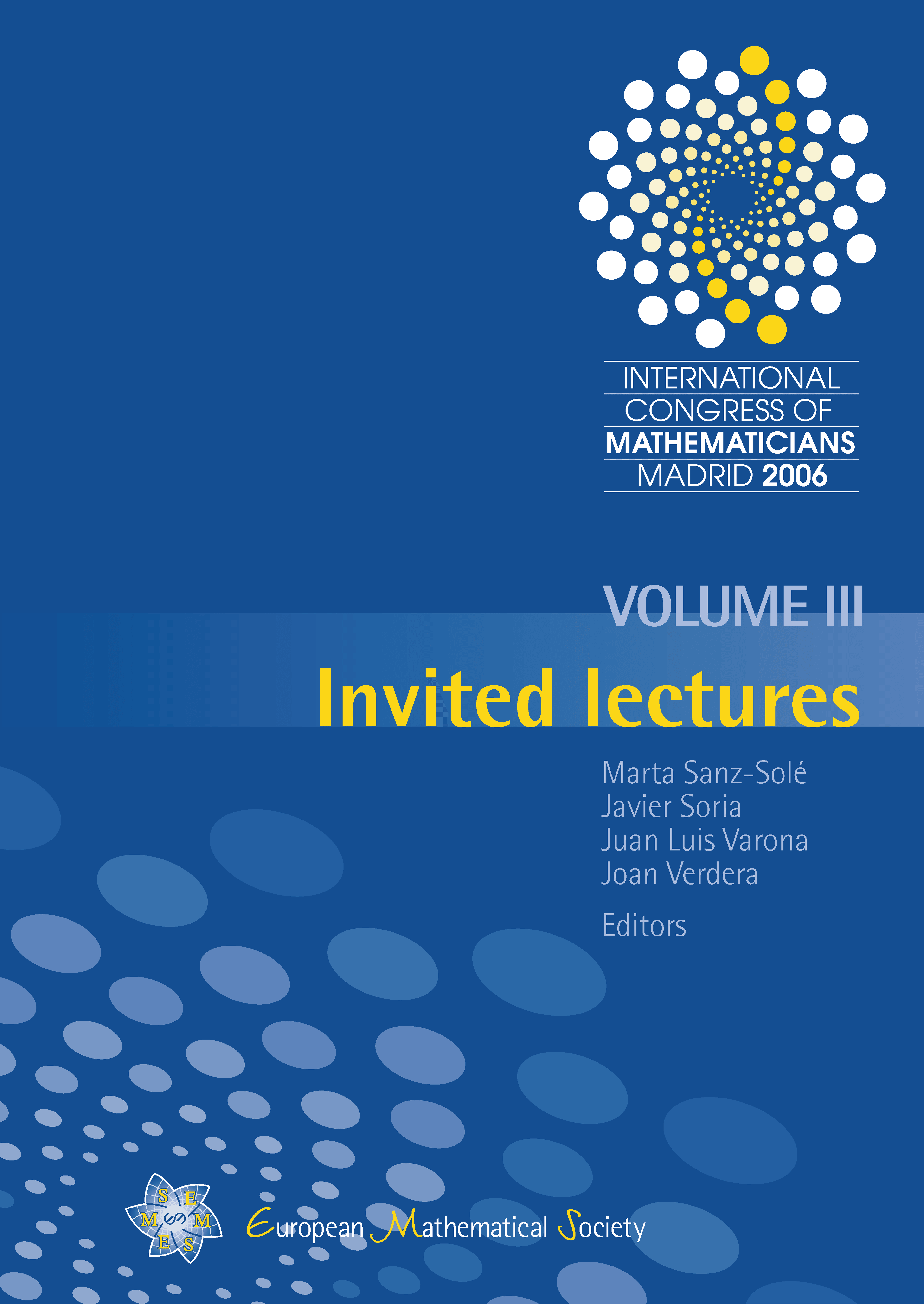Rational and algebraic series in combinatorial enumeration
Mireille Bousquet-Mélou
Université de Bordeaux I, Talence, France

A subscription is required to access this book chapter.
Abstract
Let A be a class of objects, equipped with an integer size such that for all n the number an of objects of size n is finite. We are interested in the case where the generating function Σ_n_ an tn is rational, or more generally algebraic. This property has a practical interest, since one can usually say a lot on the numbers an, but also a combinatorial one: the rational or algebraic nature of the generating function suggests that the objects have a (possibly hidden) structure, similar to the linear structure of words in the rational case, and to the branching structure of trees in the algebraic case. We describe and illustrate this combinatorial intuition, and discuss its validity. While it seems to be satisfactory in the rational case, it is probably incomplete in the algebraic one. We conclude with open questions.
This enables to show that a priori different discrete models define the same curves in the scaling limit and exhibit some surprising symmetries. It gives also a way to tie links between these concrete measures on curves and conformal field theory. Important roles in this theory are played by Brownian loops and by the Schramm–Loewner Evolutions (SLE).
Most of the results described in this paper were derived in joint work with Greg Lawler, and Oded Schramm.